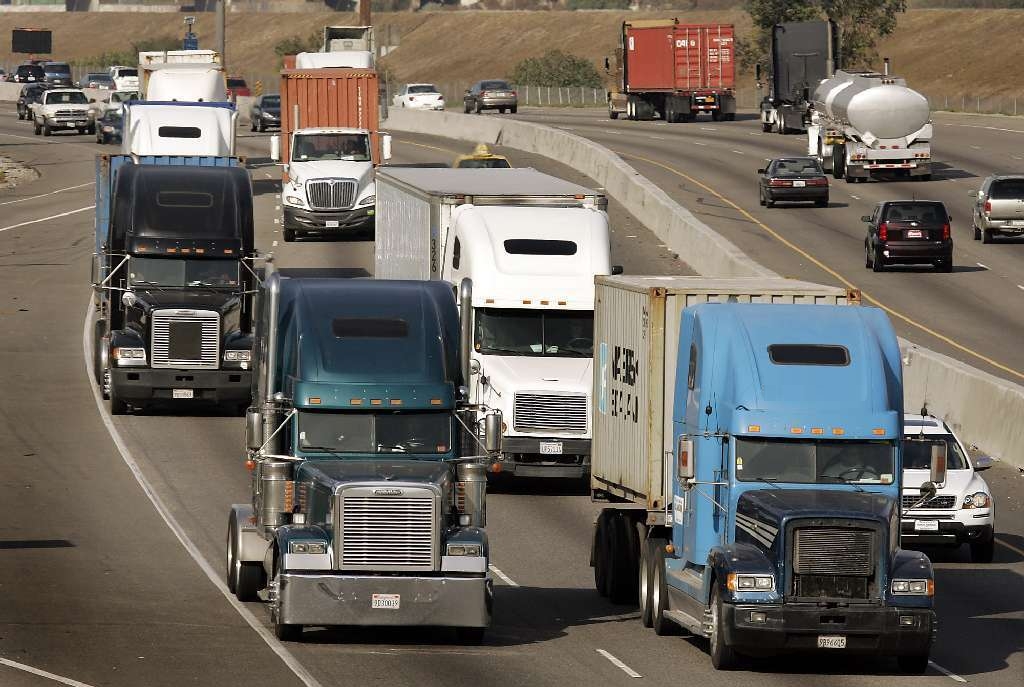Partie 1: Exploitation efficace et durable des poids lourds sur autoroutes -> Discussion


Part 1 (SIS 25): Efficient and sustainable operation of commercial vehicles on highways
Discussion (by Olivier Quoy)

It addressed efficiency of road freight vehicle through several highlights:
Sustainability was addressed more specifically through two main topics:
During the questions and answers, the audience came back on truck platooning, wondering whether it is considered as a system. The panel agreed that it was not the case now. For that, a full frame (regulatory, technical…) is expected, and is currently under way. It was pointed out that when looking for roads where platooning would be possible, that could probably also means that those roads would be suitable for extra-long vehicles, bringing enhanced efficiency even quicker.
Considering the high investment and technologies involved in the energy switch toward electricity, a question raised about synergies with automation. The panel confirmed this possibility, the corridors being most of the time identical, needing vehicle monitoring and a lot of energy at the same location. Of course, the panel reminded that electric solutions were highly dependent on the energy mix of the country considered. The model needs to be " case by case ". However, ERS evaluation has brought some surprises, showing quite a clear dislike of catenaries among the population, while confirming that electrical feeding into the pavement solutions raised maintenance problems, especially for heavy duty vehicles.
The question of linking, to meet road managers need for checking, roadside equipment measurements (as WIM devices, on board sensors and PBS documents was answered positively, this need being very important, and it was indicated that the Australian scheme included such possibility. It was highlighted that these comparisons and checks rely on ITS, requiring live data communication. In Europe, on-board weight measurement is not compulsory for the moment. ITS should help developing real time permitting, as it does for parking needs for instance. The forecasting dimension has also been mentioned.
